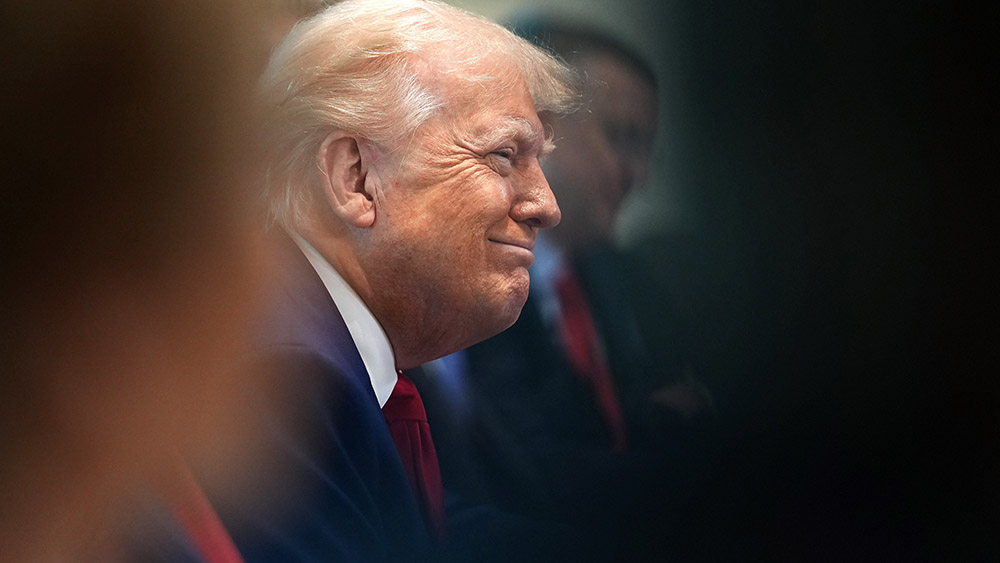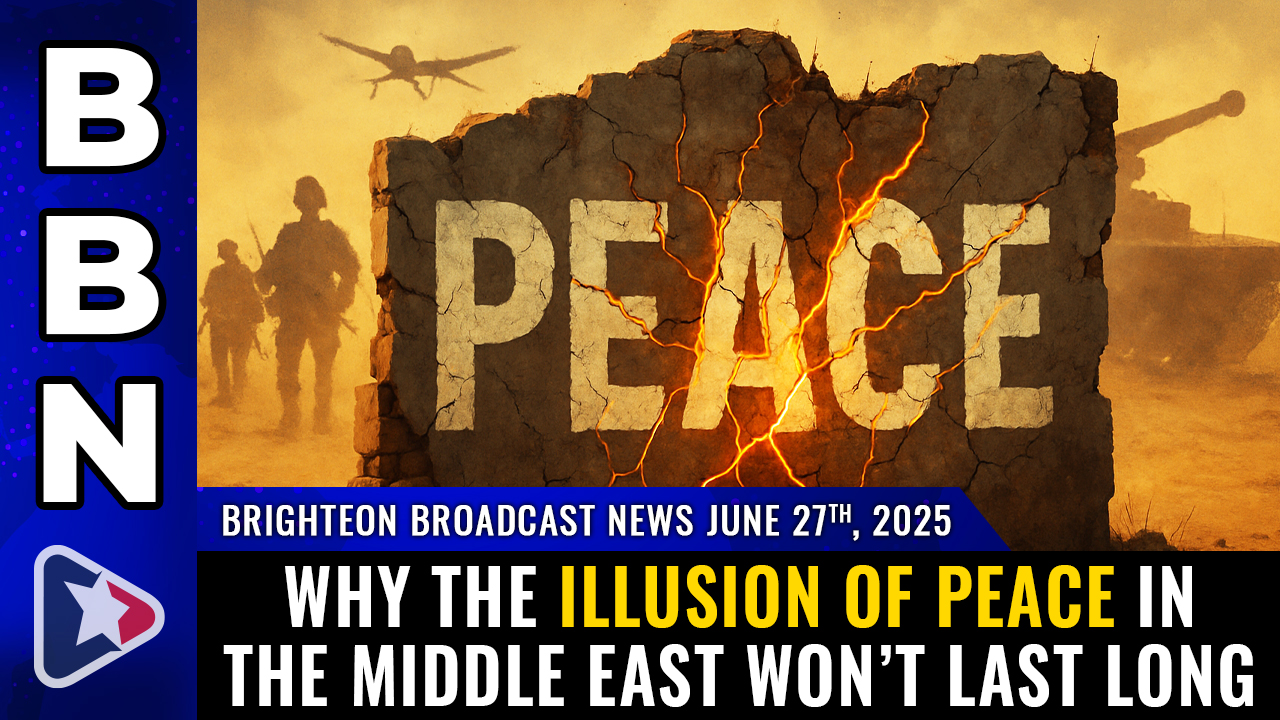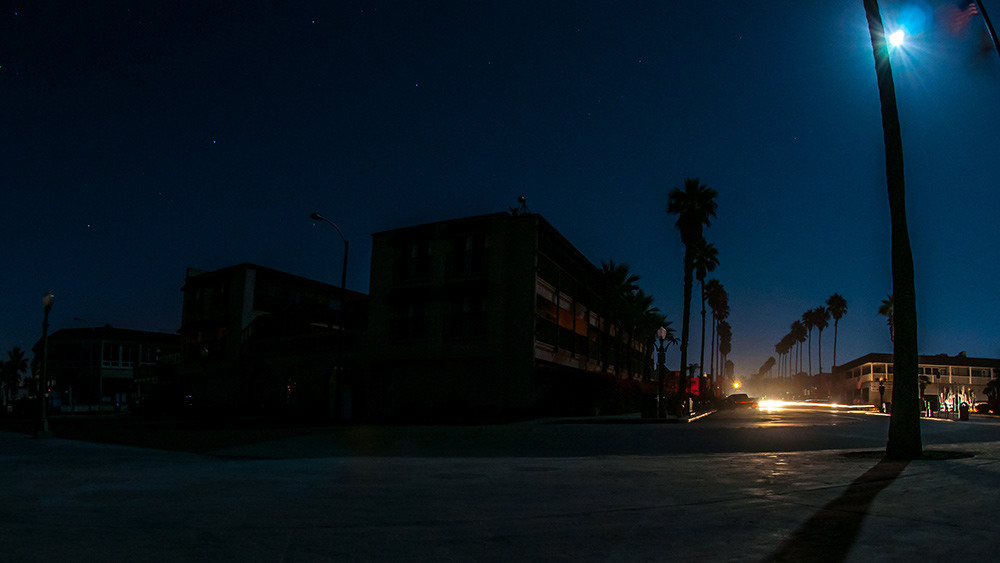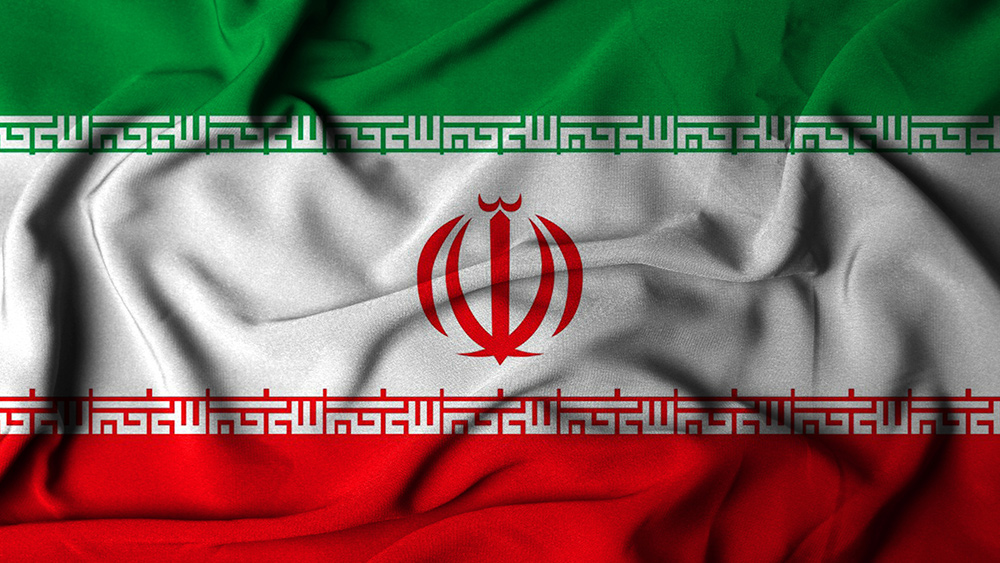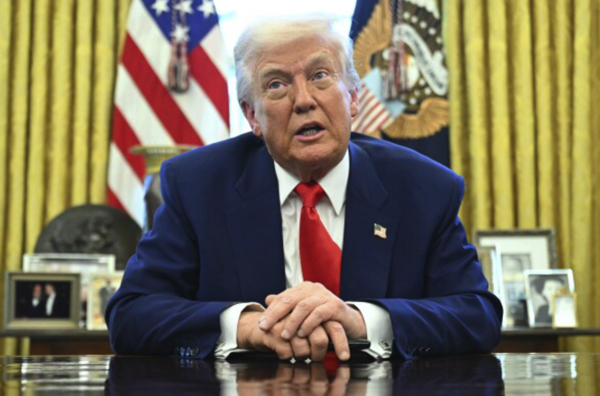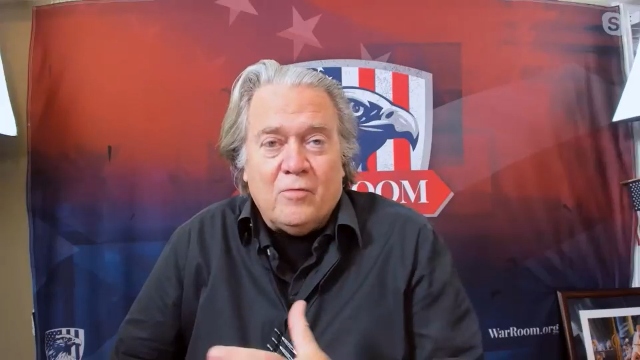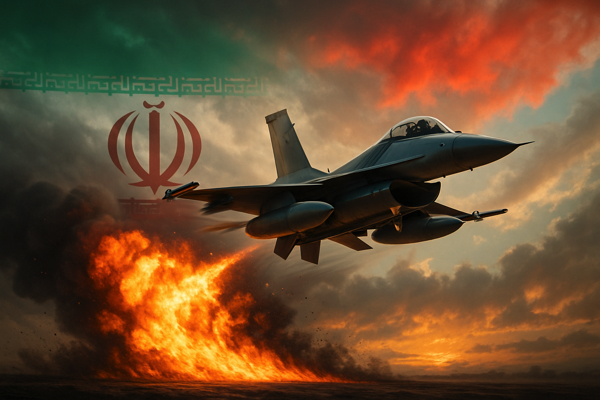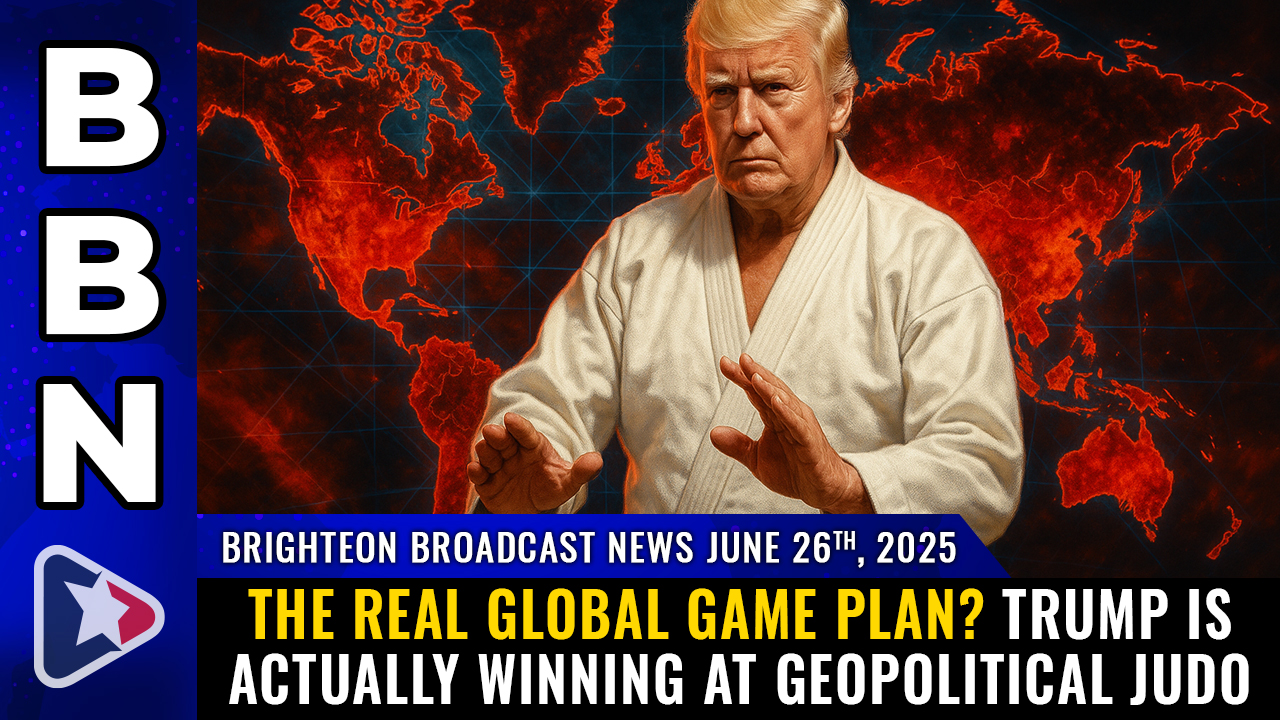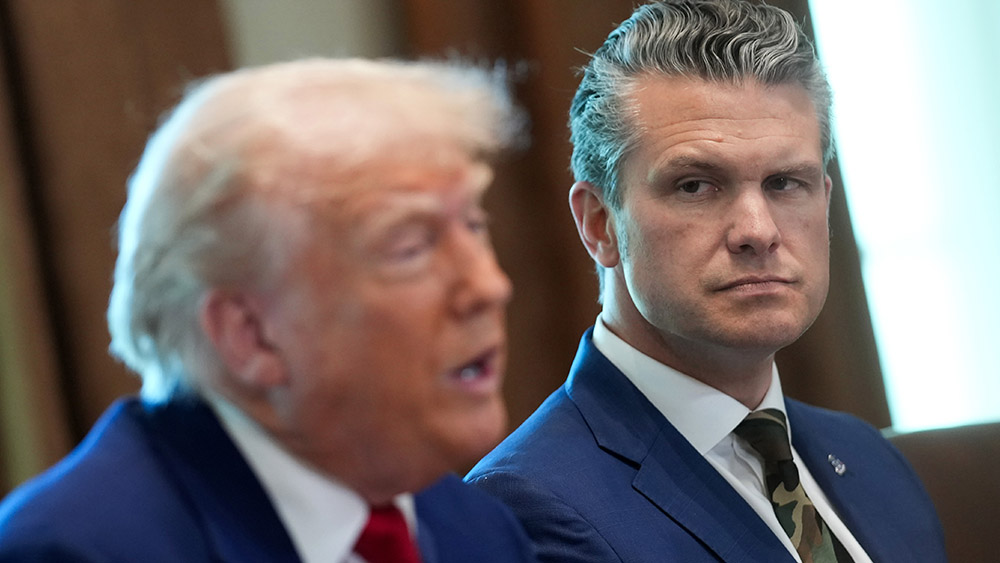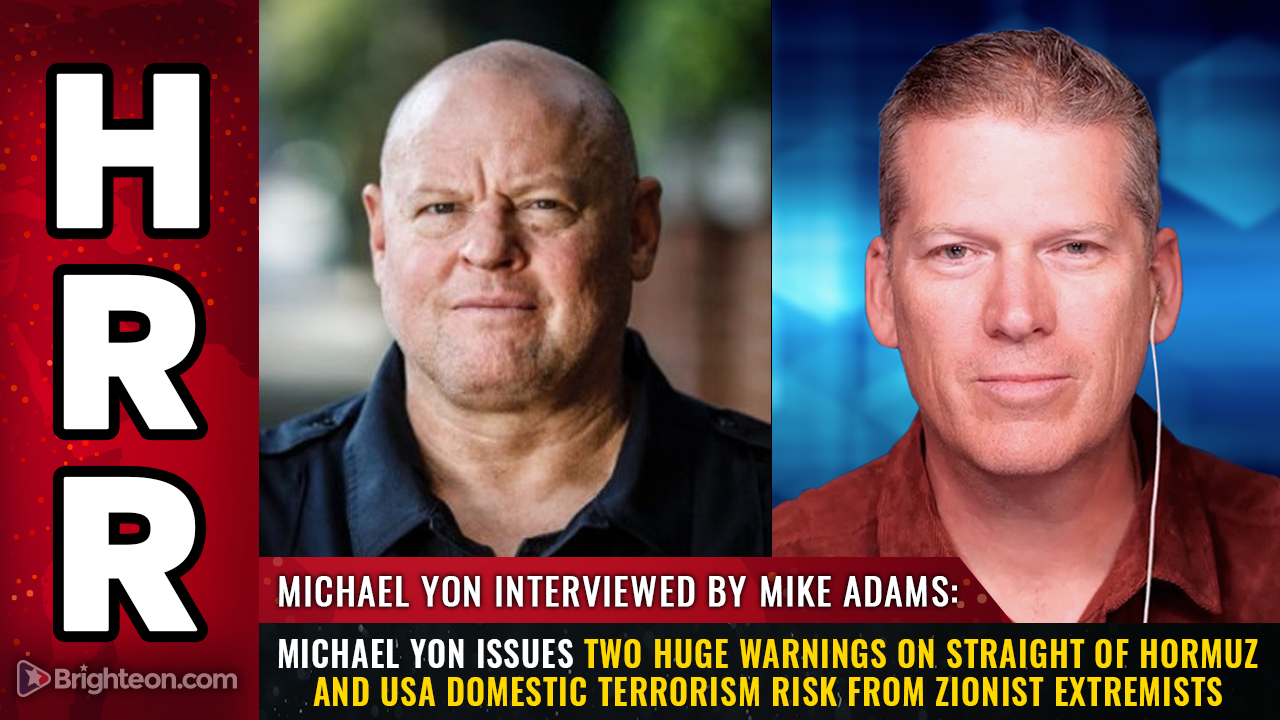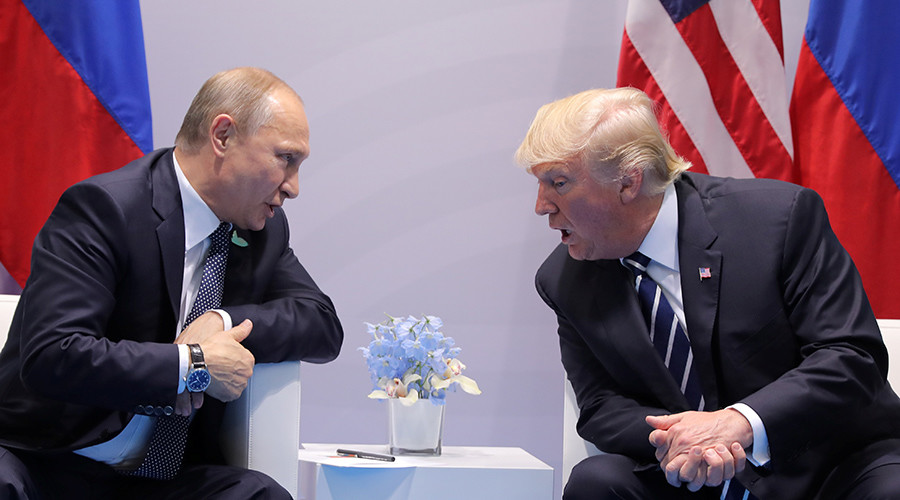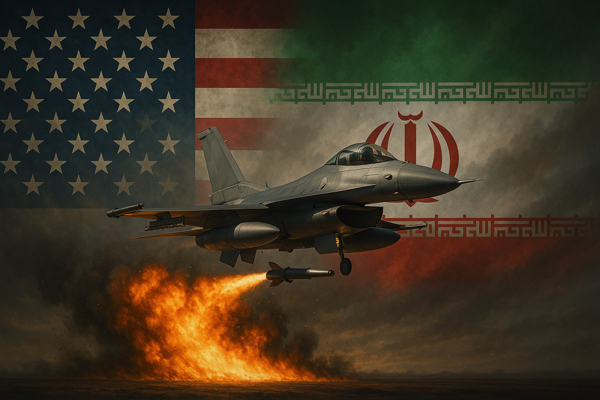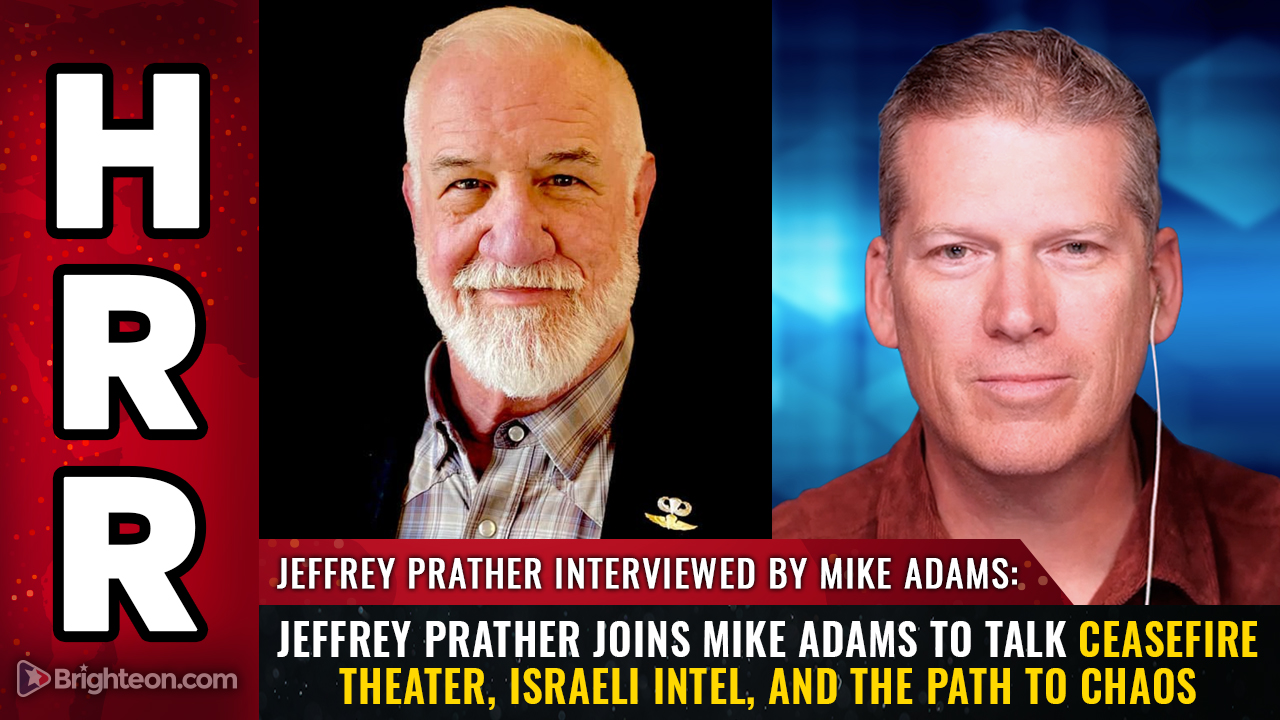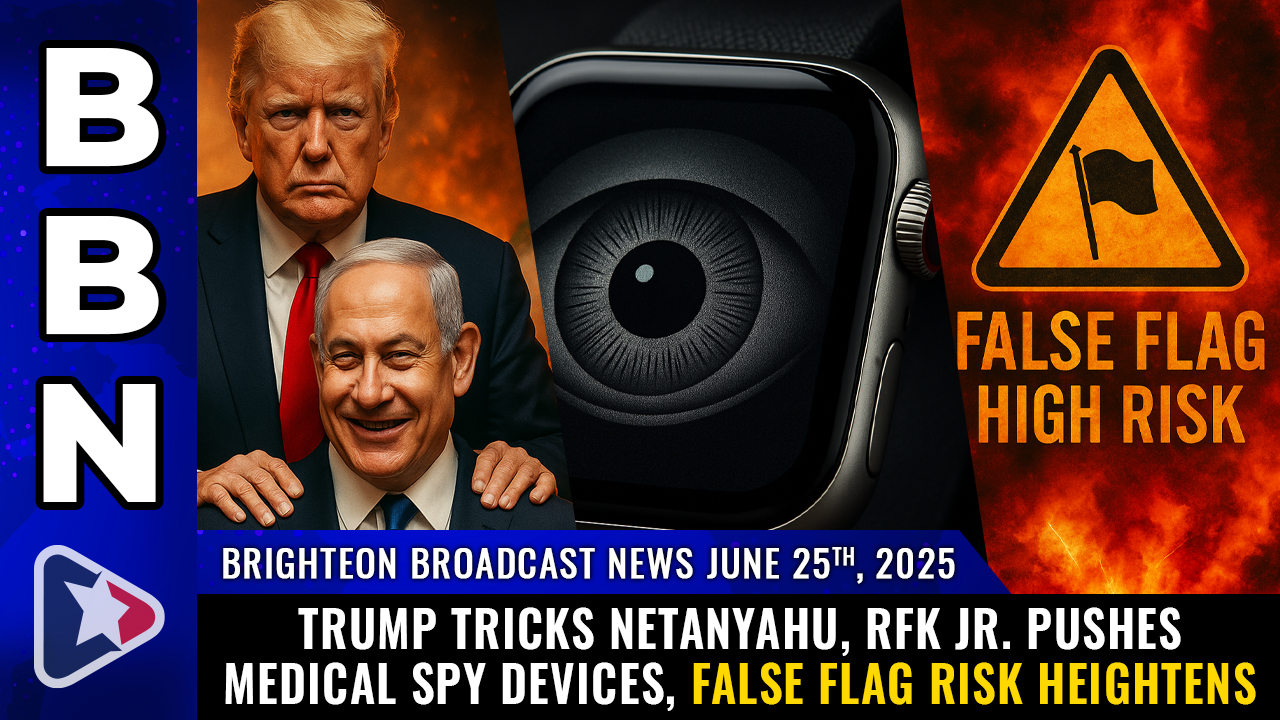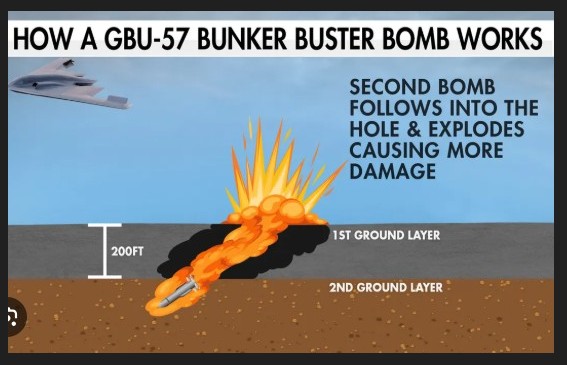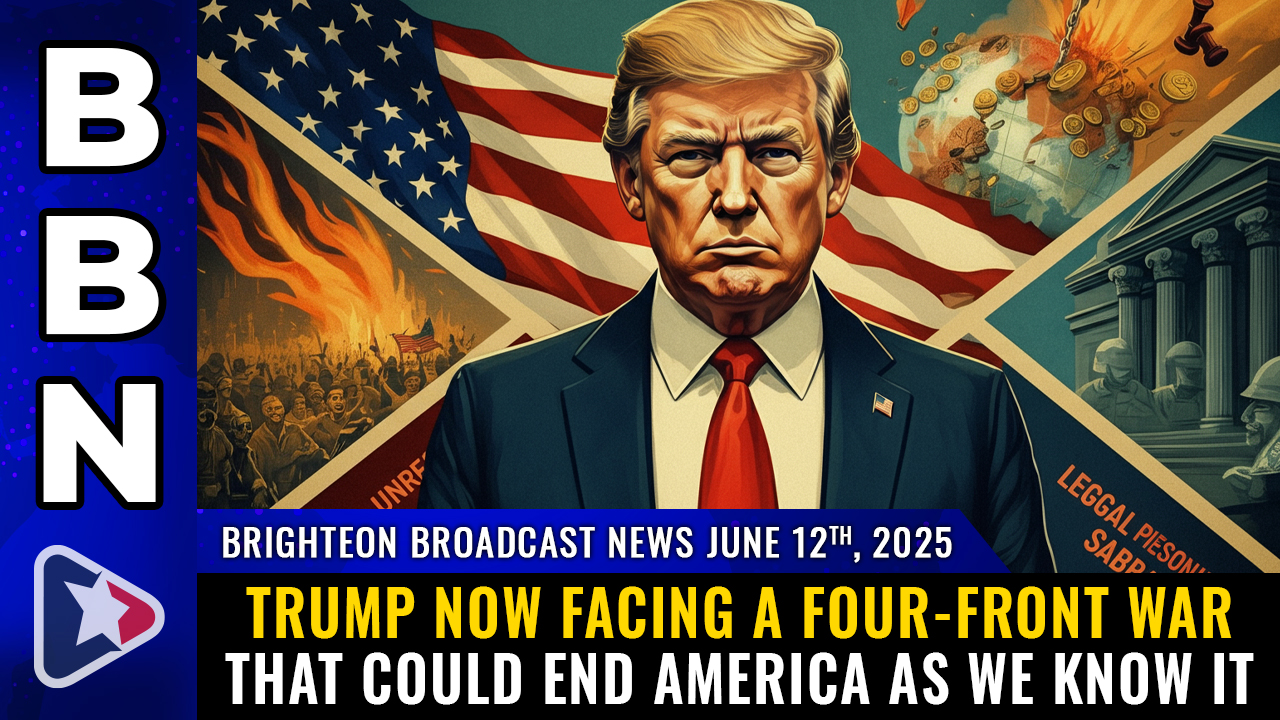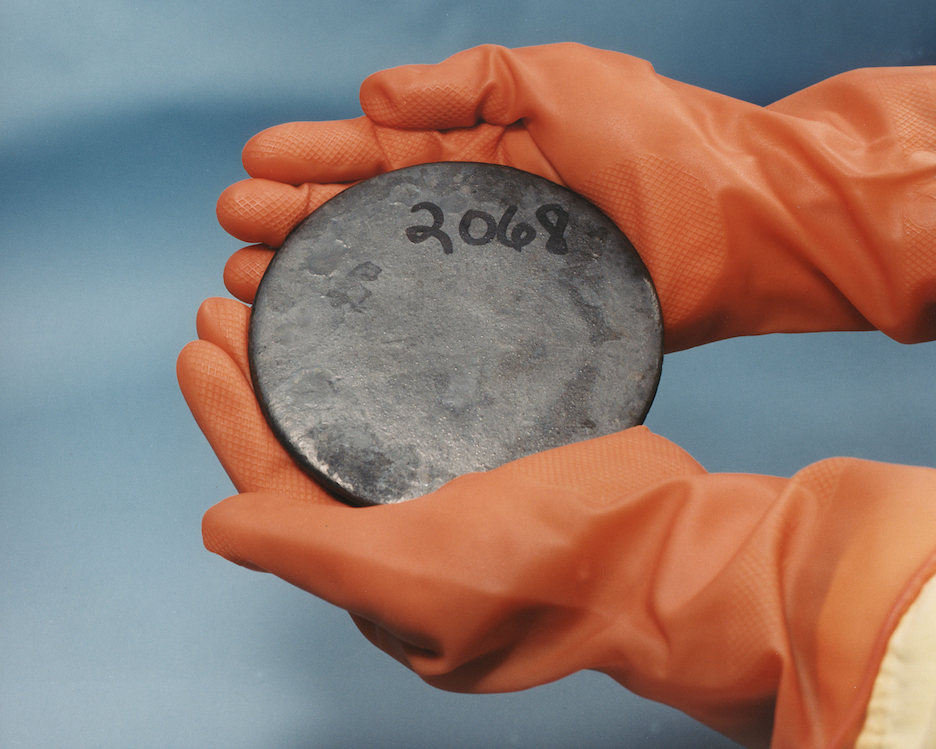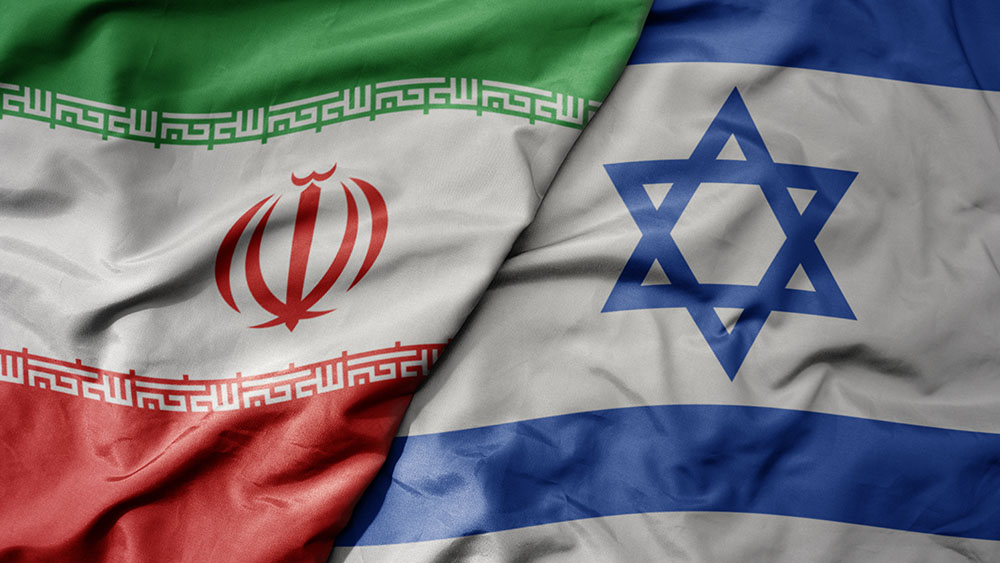Trump declares CEASEFIRE between Israel and Iran after 12 days of conflict
06/23/2025 / By Ramon Tomey
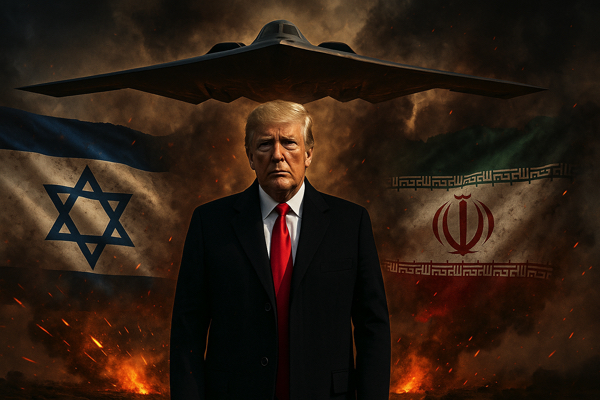
- A U.S.- and Qatar-brokered ceasefire between Israel and Iran is set to begin after 12 days of intense hostilities, including missile strikes, nuclear facility bombings and threats of wider war.
- U.S. President Donald Trump announced the deal, praising both nations for avoiding prolonged conflict. The truce follows Iran’s retaliatory strike on a U.S. base in Qatar and Israel’s prior attacks on Iranian nuclear sites.
- The 12-hour ceasefire hinges on both sides halting further attacks. Tel Aviv’s compliance is contingent on Iran’s adherence, while Tehran’s agreement was relayed through Qatari mediators. After 24 hours, an official end to the war will be announced.
- Tensions stem from Israel’s targeting of Iran’s nuclear program (a red line for Tel Aviv) and Iran’s retaliatory strikes, including a symbolic attack on a U.S. base in Qatar. Historical animosities, including the 1979 Revolution and Gen. Soleimani’s 2020 killing, fuel distrust.
- While the ceasefire offers temporary relief, questions remain about its durability due to lingering displacement in Tehran and Israeli evacuation orders. Trump framed the deal as a diplomatic victory but acknowledged the region’s volatility.
A fragile ceasefire agreement between Israel and Iran – brokered by the United States and Qatar – is set to take effect after 12 days of escalating hostilities that saw missile strikes, bombings of nuclear facilities and threats of wider regional war.
U.S. President Donald Trump announced the deal late Monday, June 23, praising both nations for avoiding a prolonged conflict that could have “destroyed the entire Middle East.” The truce follows Tehran’s retaliatory strike on a U.S. base in Qatar and Tel Aviv’s sustained campaign against Iranian nuclear infrastructure. The high-stakes confrontation between the two was rooted in decades of geopolitical tension.
The 12-hour ceasefire set to begin Tuesday, June 24, hinges on both sides halting further attacks. Trump confirmed Israel’s agreement, contingent on Iran’s compliance. Meanwhile, Tehran’s assent was relayed through Qatari mediators. After 24 hours, an official end to the war will be announced.
“On the assumption that everything works as it should, which it will, I would like to congratulate both countries … on having the stamina, courage and intelligence to end, what should be called, ‘The 12-Day War,'” Trump wrote on Truth Social Monday evening. The announcement brought momentary relief to global markets, with S&P 500 futures rising and oil prices dipping on hopes of de-escalation.
The conflict erupted after Israel targeted Iran’s nuclear program, a red line for Tel Aviv given Tehran’s longstanding pursuit of atomic capabilities. This concern by the Jewish nation was amplified since the collapse of the 2015 nuclear deal.
Tehran’s missile volley vs. Trump’s diplomacy
Washington joined the offensive over the weekend, deploying bunker-busting bombs against underground facilities. Tehran responded with missile volleys, including a symbolic strike on Al Udeid Air Base in Qatar. Notably, Trump downplayed the latter attack, thanking Iran for its “early notice” and calling it “very weak” – a stance signaling his administration’s reluctance to deepen U.S. involvement.
Historical animosities underscore the volatility of the moment. Since Iran’s 1979 Revolution, its ideological rivalry with Israel and the U.S. has fueled proxy wars, assassinations and covert operations. The killing of Iranian General Qasem Soleimani in a 2020 U.S. drone strike, referenced in recent threat, remains a raw wound for Tehran.
Meanwhile, Israel’s strikes on Evin Prison and government sites in Tehran hinted at broader regime-change ambitions. Trump however insisted the goal was solely to cripple nuclear infrastructure. (Related: Zakharova: Israel has “no right” to impose REGIME CHANGE in Iran.)
As the ceasefire takes hold, questions linger over its durability. Millions of Tehran’s residents remain displaced, and Israeli evacuation orders in the Golan Heights suggest lingering distrust. Yet for now, the agreement offers a reprieve – one that Trump framed as a testament to diplomacy over destruction.
“God bless Israel, God bless Iran, God bless the Middle East, God bless the United States of America and God bless the world,” Trump concluded his Truth Social post. He cast the truce as a rare victory in a region long plagued by unfinished wars.
Watch this video about Tehran initially rejecting Trump’s demand for an unconditional ceasefire, which the Islamic republic walked back on.
This video is from the TREASURE OF THE SUN channel on Brighteon.com.
More related stories:
Israel planning military strike on Iran’s nuclear facilities.
Trump backs Israel’s war on Iran, risking global conflict as WWIII looms.
Sources include:
Submit a correction >>
Tagged Under:
big government, Bombings, ceasefire, chaos, Donald Trump, Iran, Israel, Israel-Iran war, Middle East, military operations, national security, peace talks, progress, Qatar, violence, WWIII
This article may contain statements that reflect the opinion of the author
RECENT NEWS & ARTICLES
COPYRIGHT © 2017 WHITE HOUSE NEWS

